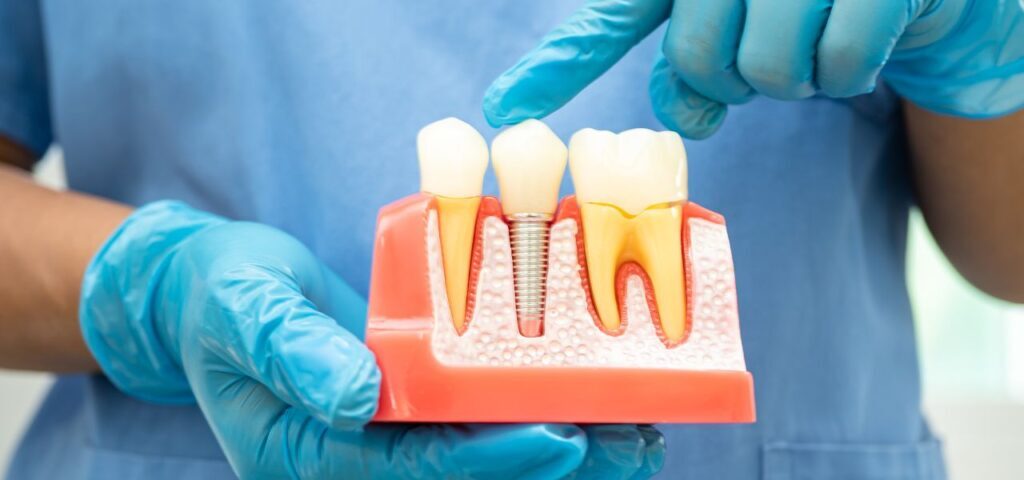
Prevention and Care Tips for Ingrown Toenails
October 6, 2025
What to Expect During a Tummy Tuck Procedure
October 6, 2025A root canal is a dental procedure that addresses issues within the soft pulp of a tooth. When the pulp, which contains nerves and blood vessels, becomes inflamed or infected, this treatment is used to remove it. The inside of the tooth is then cleaned and sealed to prevent further problems. Here are some frequently asked questions about root canals:
When Is It Needed?
A root canal is typically recommended when a tooth’s pulp is damaged beyond repair. While a deep cavity is a typical cause, trauma or a cracked tooth might also lead to pulp damage. The procedure stops the infection from spreading.
Severe pain when chewing or biting is a clear sign that this procedure may be necessary. The procedure is straightforward and aims to save the tooth rather than extracting it. If left untreated, the infection can worsen. This can lead to abscesses or other serious health complications.
Do Root Canals Hurt?
Modern dentistry utilizes effective anesthetics to manage discomfort during the procedure. Patients may find that the feeling is similar to getting a routine filling, although individual experiences will vary. After the local anesthetic wears off, some tenderness or soreness may be experienced, but this is typically manageable. A dentist may prescribe over-the-counter pain relievers or medications to help alleviate any discomfort after the procedure.
Is it Better Than Extractions?
Deciding between a root canal and a tooth extraction involves several factors related to your specific dental situation. A root canal saves the natural tooth, and this may help maintain normal biting function and prevent adjacent teeth from shifting. Keeping your natural tooth helps preserve the jawbone, and it also maintains the natural appearance of your smile.
An extraction is the complete removal of the tooth from its socket. If you choose an extraction, you may need a dental implant or bridge to fill the gap and restore function. This decision depends on the condition of the tooth, your overall oral health, and a discussion with your dentist about the potential outcomes of each option.
Both procedures have their own distinct recovery processes and long-term considerations. After the procedure, dentists typically restore the tooth with a crown, but it no longer has a living pulp inside. An extraction permanently removes the tooth, creating a space that might require a replacement to maintain alignment and function.
What Happens After the Procedure?
Following the procedure, you may receive instructions for care at home, which are designed to promote proper healing and prevent complications. Good oral hygiene is necessary to protect the treated tooth as well as the surrounding gums. It is best to avoid chewing on the treated tooth until it is fully restored, which often involves placing a permanent filling or a crown. This final restoration protects the tooth from fracture and restores its full function.
Schedule a Root Canal
Since individual circumstances vary, it is necessary to consult a professional.. A consultation with a dentist will determine the appropriate course of action for your dental health. Contact a dental office to schedule an appointment and discuss your specific needs with a dental professional.
- Soutaipasu: Exploring the Unique Japanese Subculture and Fusion Cuisine
- Wollmatten Guide: Benefits, Uses, Care Tips & Buying Advice for Natural Wool Mats
- Jadeitový kameň: Účinky, využitie, druhy a kompletný sprievodca
- Escapamento RD: Guia Completo, Modelos, Desempenho e Como Escolher o Melhor para Sua RD
- Sodiceram: Benefits, Uses, Installation & Complete Guide for Homeowners




